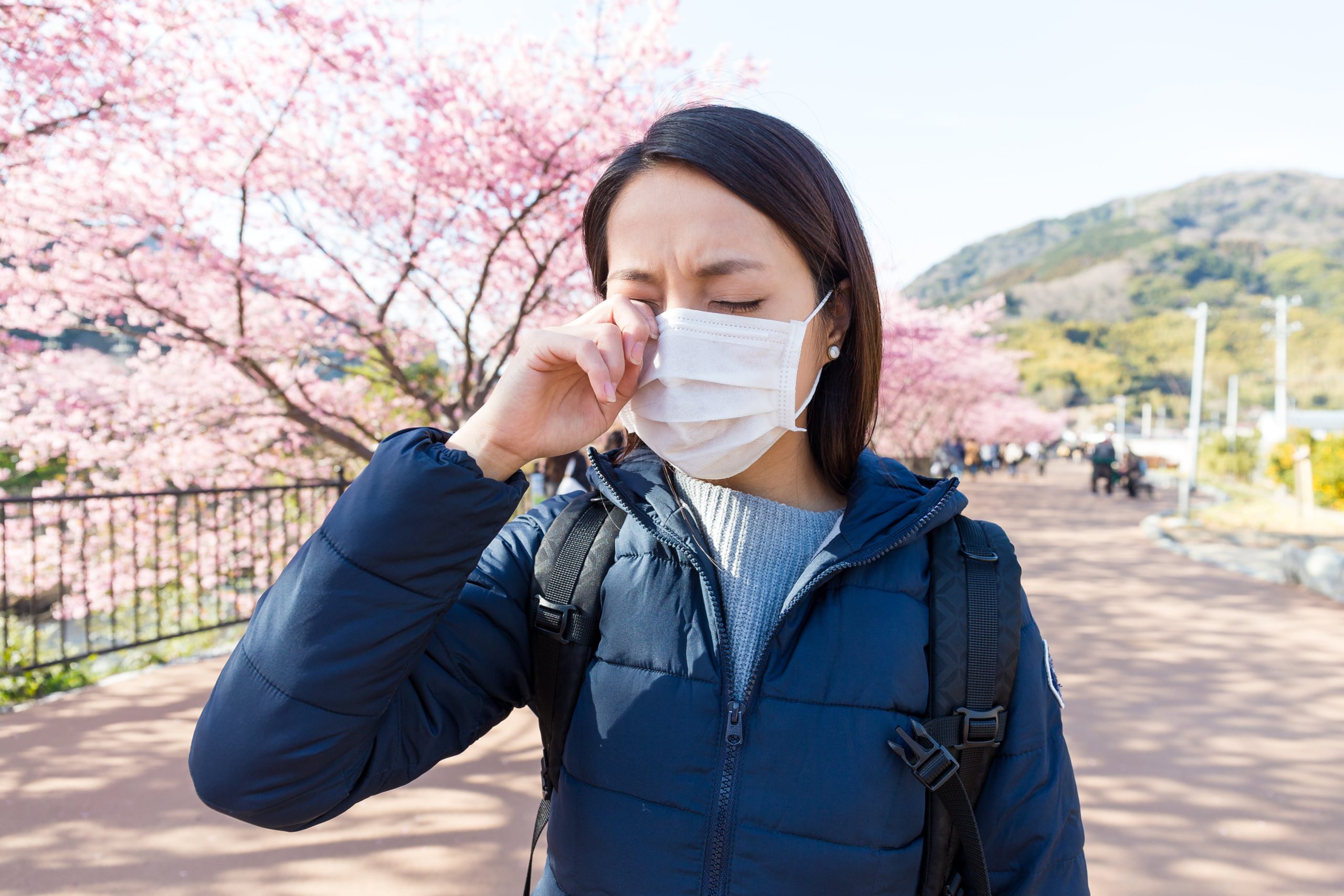How to educate patients on symptoms caused by seasonal allergies
Fall is here, bringing pumpkin spice lattes, falling leaves – and seasonal allergies. For some people, this can trigger a flare of dry eye symptoms. But if patients aren’t aware that they have dry eye disease (DED) and that an allergy-induced flare is possible, they may make the situation worse by taking oral antihistamines, which can lead to excessive drying and a worsening of dry eye symptoms. Here’s how to target your outreach and education to reach these patients.
Targeting your patient education to dry eye and allergy sufferers
While as many as 30 million people in the United States have dry eye, the condition remains widely underdiagnosed. Symptoms such as itchy, watery, blurry and burning eyes are all symptoms of DED but can also be confused with allergies, which affect more than 50 million Americans, according to the American College of Allergy, Asthma and Immunology. To reach prospective patients and encourage them to come into your practice, you’ll need to be proactive about your patient education. Consider these themes in your outreach and messaging:
New causes of dry eye. Spread the word that the prevalence of dry eye grew during the pandemic. This is due in part to increased screen use and also a rise in rates of depression, which has been linked to dry eye in clinical studies. Environmental factors such as wildfire smoke and poor air quality also play a role in dry eye.
Current dry eye patients may think their treatment is no longer working if they experience allergy-related symptoms. Educate them on how to manage seasonal flares.
Controlling seasonal triggers. If you have dry eye patients who have already been diagnosed and treated, they may think their medication is no longer working if they experience allergy-related symptoms. “Many of my more severe dry eye patients will be on baseline therapy such as cyclosporine or lifitegrast (Xiidra; Novartis), and for the most part, their symptoms are well controlled,” wrote Dagny Zhu, M.D., in the Ophthalmology Times. “When there is a trigger such as seasonal allergies, it puts them into a pro-inflammatory state, and they develop a sudden onset of acute symptoms. That is when I take the opportunity to educate them, reminding them that although there is no cure for DED, it is normal to experience fluctuations in symptoms, and we can manage it together with therapy.” Dr. Zhu notes that treatment with a fast-acting, low-dose topical steroid can provide rapid relief of symptoms.
Considerations for contact lens patients. For dry eye sufferers who wear contact lenses, there are special considerations that patients may need to be educated about. Dr. Zhu advises her contact lens patients to discontinue use when they are experiencing a seasonal flare of symptoms. “Lens wear can add to or be a culprit of their dry eye flare due to the mechanical rubbing on their eyes and oxygen deprivation,” she noted, adding that eye drops can cause problems such as build-up and debris on the lens material. She recommends a short course of Eysuvis in addition to taking a break from their lenses to relieve patients’ symptoms.
New treatment options. Patients rely on doctors as trusted sources of medical information. They may not be aware that there are new treatments for people with seasonal allergies. Let them know that doctors now prefer nasal steroids, such as Flonase and Nasacort, instead of sedating antihistamines like Benadryl and Chlor-Trimeton.
Educate dry eye patients about new treatments and delivery methods such as disposable lid seals, neurostimulation devices and nasal spray. Informing them about emerging dry eye therapies on the horizon is also a good way to make sure they’ll come back when those treatments are approved.
Let dry eye patients know about new and emerging treatment options to keep them coming back to your practice.
While it’s key to let patients know that there are many ways you can relieve their ocular symptoms, it’s also important to make sure they know that dry eye can be more than a nuisance – it can actually cause damage to the cornea if left untreated. Explain that only a comprehensive eye exam by a trained eye care professional can accurately diagnose potentially vision-threatening conditions.
Download our Dry Eye eBook for insights on what patients need to know about dry eye, and valuable tools for educating patients about the condition and various treatment options.

